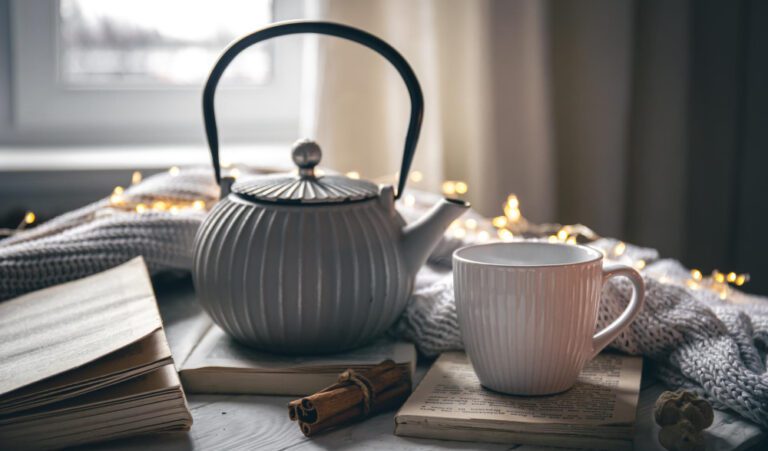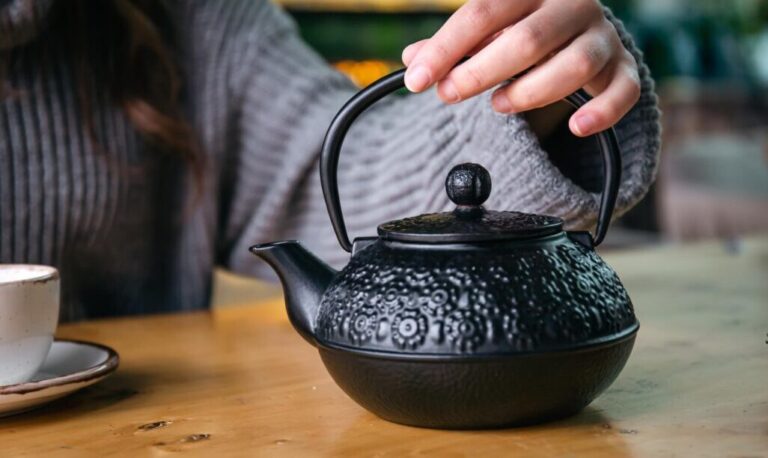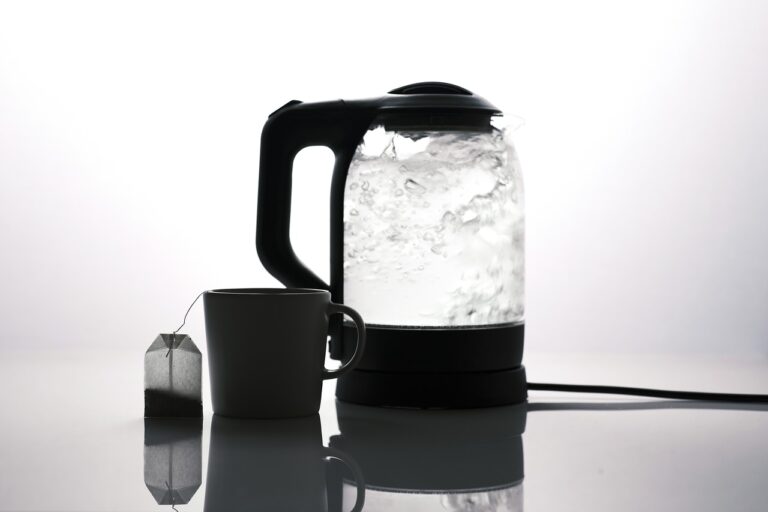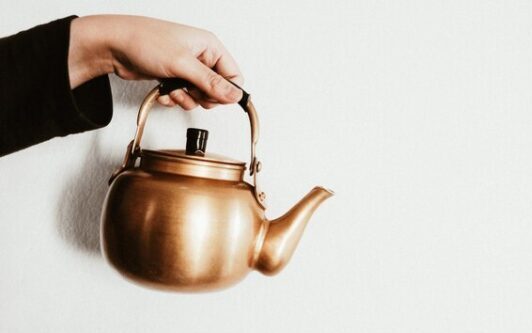How to Make Coffee with a Kettle – Stovetop & Electric: 3 best ways
Coffee drinkers who do not have access to a coffee machine, do not despair! Whether you live in the dorms, are constantly on the go, or prefer hands-on brewing, making coffee with a kettle is a valuable skill.
From the ease and quickness of instant coffee, through the more sophisticated methods of French press and pour-over, a stovetop or electric kettle can create rich, full-bodied cups using the fewest pieces of equipment.
In this guide, we will introduce you to a few kettles coffee recipes and how-tos on how to get the most flavor, technique, and strength. Let us discover how a humble kettle can open a universe of flavors!
Table of Contents
Why Kettles Are Perfect for Manual Coffee Brewing:
Method 1: How to Make Instant Coffee with a Kettle
This is the quickest and simplest method to make coffee.
Ingredients:
- 1–2 teaspoons of instant coffee, either pellets or powder
- 1 cup (250ml) filtered water
- Sugar or sweetener (Optional)
- Milk or creamer (Optional)
Instructions:
Boil Water:
Boil fresh filtered water using a stovetop or electric kettle.
Add Coffee:
Pour 1–2 teaspoons of instant coffee powder into the mug. Adjust to your desired strength.
Mix with Water:
Pour hot water over the powder. Stir until dissolved well.
Add Sugar/Milk:
Add sugar, milk, or plant milks as desired.
Tips:
- Use filtered water for enhanced flavor.
- Heat water to nearly boiling (about 90–95°C or 195–205°F) for a cleaner taste.
- Stir vigorously to break up clumps.
Method 2: How to Make Pour-Over Coffee with a Kettle
If you want your cup to be clean and balanced, use the pour-over method.
What You Will Need:
- Pour-over coffee dripper (such as Hario V60 or Chemex)
- Filter paper
- Ground coffee (medium-fine grind)
- Mug or carafe
- Digital scale (optional)
- Kettle (best to use a gooseneck for control)
Instructions:
Tips:
- Use a gooseneck kettle for more control.
- Pre-warm your cup for temperature control.
- Freshly ground beans significantly improve the taste.
Method 3: How to French Press Coffee with a Kettle
French press coffee is loved by coffee enthusiasts for its deep flavor. You only need a kettle, ground coffee, and a French press.
Equipment:
- French press
- Coarse-ground coffee
- Kettle (electric or stovetop)
- Stirring spoon
- Timer
Ingredients:
- 30g of coarse coffee
- 500ml hot water (approximately 200°F/93°C)
Instructions:
Tips:
- Don’t let coffee linger in the press—it keeps steeping and becomes bitter.
- Clean your French press after each use.
- Grind your beans fresh for improved results.
Tips for Controlling Brew Strength:
Adjust the Water-to-Coffee Ratio
By adjusting the coffee-to-water ratio, you may easily regulate the strength of your brew. The brew will be bolder and stronger-tasting with a higher coffee ratio and lighter with a lower one. One gramme of coffee to fifteen to seventeen grams of water—the golden mean—is a commonly suggested starting point.
Use Filtered Water
The flavor of your coffee is as much determined by the quality of your water as anything. Tap water typically contains minerals or chemicals that bias flavors. Filtered water provides a cleaner, more consistent profile.
Use Fresh Coffee Beans
Grind the coffee beans shortly before brewing to get the greatest fragrance and flavor from entire beans. Coffee beans lose some of their flavor and aroma as they mature, but fresh beans retain all of their important oils.
Watch the Water Temperature
Temperature is crucial during brewing. Employ 195–205°F (90–96°C). Too high, the coffee is going to be bitter; too low, it is going to be under-extracted and weak.
Bonus: Other Manual Coffee Brewing Techniques Using a Kettle
FAQ’s About Coffee Kettles:
Conclusion: The Wrap-up
To make coffee with a kettle is easy and efficient, and allows you to enjoy strong, full-bodied beers without breaking the bank on equipment.
Instant, French press, or pour-over, a basic kettle provides the utility of brewing great coffee at home or on the go. It’s fantastic for travelers, simplicity enthusiasts, or those who want a low-tech, manual brewing experience.
With just hot water, good coffee, and some technique, you can enjoy a satisfying, solitary cup that’s all your own.
These kettle coffee techniques provide simplicity without sacrificing flavor, making your everyday cup an individual ritual that is inexpensive and rewarding.
Don’t Miss:
Need an Upgrade? Check our expert-reviewed Coffee Kettles Reviews.






